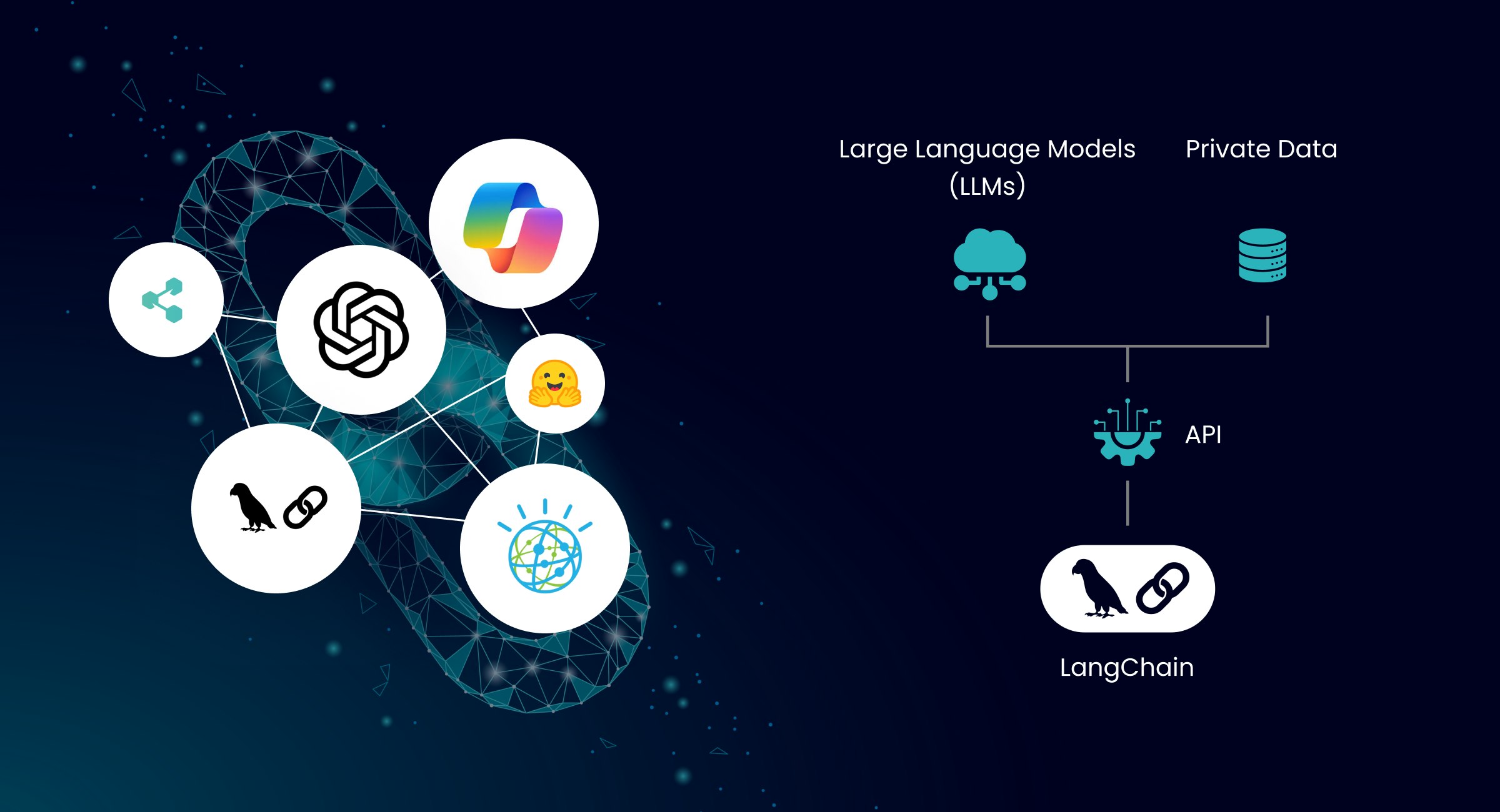What is an AI Agent in Workflow? A Complete Guide
In a world where speed and efficiency are everything, AI agents are quietly becoming the backbone of modern workflows. Whether it’s automating customer service, streamlining HR processes, or handling financial tasks, AI agents are transforming how work gets done.
But what exactly is an AI agent in a workflow, and why is it so important today?
In this blog, we’ll break it down in simple terms—covering definitions, real-world examples, benefits, and how AI agents are shaping the future of work.
What is an AI Agent in Workflow?
An AI agent in workflow is a smart, autonomous system that performs specific tasks within a business process. Unlike traditional automation, these agents don’t just follow a script—they understand context, make decisions, and learn over time.
Simple Definition:
An AI agent in a workflow is like a virtual teammate that helps get work done—faster, smarter, and more efficiently.
These agents can analyze data, interpret instructions, interact with other tools, and even collaborate with humans and other agents to complete complex tasks.
How Does It Work?
AI agents operate using a combination of:
-
Machine Learning – to learn from data and improve decision-making
-
Natural Language Processing (NLP) – to understand and generate human-like communication
-
Rule-based Logic – to follow business rules or constraints
-
Integrations/APIs – to connect with other platforms like CRM, ERP, or cloud services
They monitor tasks, interpret inputs (emails, documents, databases), and take actions such as sending updates, approving documents, routing tasks, or generating reports.
Real-Life Examples of AI Agents in Workflow
Let’s look at how AI agents show up in everyday business operations:
| Business Function | Workflow Example | AI Agent Role |
|---|---|---|
| Customer Support | Handling support tickets | Classifies tickets, auto-responds, escalates issues |
| Sales | Lead management | Scores leads, sends follow-ups, updates CRM |
| HR | Employee onboarding | Sends welcome kits, schedules meetings, tracks documents |
| Finance | Invoice processing | Extracts data, matches PO, initiates payment |
| IT Helpdesk | Incident response | Detects problems, suggests fixes, auto-resolves |
Key Features of AI Agents in Workflows
1. Autonomous Decision-Making
They operate with little to no human intervention, acting independently based on data and rules.
2. Context Awareness
AI agents understand where they are in the workflow—whether it’s the start of a task or a follow-up action.
3. Goal-Driven Behavior
Agents aim to complete a specific objective—like resolving a customer complaint or closing a deal.
4. Collaboration
AI agents can work alongside humans or with other agents to complete multi-step processes.
5. Learning and Adaptability
Over time, AI agents improve based on new data, feedback, and outcomes.
Technologies Behind AI Agents
-
OpenAI GPT, Claude, Gemini – for natural language tasks
-
RPA (Robotic Process Automation) – for automating repetitive clicks and form filling
-
LangChain / Auto-GPT / BabyAGI – for building autonomous agent chains
-
Zapier + AI plugins – to integrate across multiple tools and trigger intelligent actions
Top Platforms Using AI Agents in Workflows
🔹 Microsoft 365 Copilot
Enhances tools like Excel, Word, and Outlook with AI agents that summarize emails, suggest edits, and analyze spreadsheets.
🔹 Salesforce Einstein
AI agents in sales and marketing that recommend next actions, generate reports, and predict outcomes.
🔹 UiPath AI Center
Empowers RPA bots with AI-driven intelligence for smarter document handling and decision-making.
🔹 Zapier AI + OpenAI
Build low-code AI agents to automate workflows across thousands of apps.
Benefits of AI Agents in Workflows
| Benefit | Explanation |
|---|---|
| Efficiency | Complete tasks in seconds, not hours |
| Accuracy | Reduces manual errors and miscommunication |
| Scalability | Handles thousands of operations without burnout |
| Consistency | Delivers the same quality of work every time |
| Cost-Effective | Cuts down on manpower for repetitive tasks |
| Smart Decisions | Learns from past data to make better choices |
Future of AI Agents in Workflow
As AI continues to evolve, the role of AI agents in workflows will expand from assistance to full autonomy in many processes.
Expect to see:
-
AI agents collaborating in multi-agent systems
-
Predictive and proactive decision-making
-
Fully automated end-to-end business operations
-
Integration with voice and AR/VR interfaces
How to Implement AI Agents in Your Workflow
Getting started with AI agents doesn’t mean overhauling your entire system. Most organizations begin small—with one or two high-impact processes—and then scale up. Here’s a step-by-step guide to help:
1. Identify Repetitive, Rule-Based Tasks
Start by auditing your business workflows to identify where time is spent on repetitive or rule-based actions. These are prime candidates for AI automation.
Example: Data entry, email categorization, invoice matching, or customer FAQs.
2. Choose the Right Platform or Framework
Depending on your technical resources, you can either:
-
Use no-code platforms like Zapier, Notion AI, or Microsoft Power Automate with AI plugins
-
Use low-code tools like UiPath, Pega, or Salesforce Einstein
-
Develop custom AI agents using frameworks like LangChain, Auto-GPT, or OpenAI API
3. Train the Agent or Use Pre-Built Models
-
For document or email understanding, use models like GPT-4o, Claude, or Gemini.
-
For domain-specific tasks, consider training your own model using internal data.
4. Integrate with Existing Tools
Connect your agent to tools like Slack, Gmail, Excel, CRM, or project management platforms via APIs or automation platforms.
5. Test, Monitor, and Improve
Always pilot with a test group. Monitor agent performance, review feedback, and fine-tune behavior as needed.
Industry-Specific Use Cases of AI Agents in Workflows
AI agents aren’t limited to tech companies. They’re revolutionizing workflows across every industry:
Retail and eCommerce
-
Manage inventory by analyzing demand trends
-
Respond to customer queries on product availability or returns
-
Auto-generate product descriptions or marketing copy
Healthcare
-
Schedule appointments and send reminders
-
Summarize patient records for doctors
-
Route medical inquiries to the right department
Legal
-
Review contracts for risk terms
-
Summarize legal cases or filings
-
Assist with legal research and citations
Banking and Finance
-
Monitor transactions for fraud
-
Automate loan approval processes
-
Generate compliance reports
Education
-
Grade assignments using rubrics
-
Recommend learning paths for students
-
Answer academic FAQs or admin-related questions
Challenges to Watch Out For
While AI agents can drive efficiency, their implementation comes with challenges:
1. Data Privacy and Security
AI agents handle sensitive data, so encryption, access controls, and audit trails are critical.
2. Model Hallucination or Inaccuracy
If using large language models (LLMs), agents might generate inaccurate or fictional responses. Always build in human validation for critical tasks.
3. Change Management
Employees might resist adoption if they don’t understand the technology. It’s crucial to offer training and position AI agents as helpers—not threats.
4. Workflow Complexity
Some processes involve exceptions or decisions that require human intuition. Hybrid workflows (AI + human) may be more realistic than full automation in such cases.
What’s Next? The Rise of Multi-Agent Systems
The next big trend is multi-agent collaboration, where multiple AI agents with specialized roles work together—just like teams of humans.
Imagine this:
-
A Data Agent fetches and cleans data
-
A Report Agent generates insights and charts
-
A Presentation Agent creates a slideshow
-
A Supervisor Agent checks for errors and quality
This model is already being explored in platforms like AutoGen, CrewAI, and Meta’s CAMEL framework, signaling a future where organizations run partially on self-directed AI teams.
✨ Final Thoughts (Extended)
The integration of AI agents in workflows isn’t just a tech upgrade—it’s a paradigm shift in how work gets done. By offloading repetitive and data-intensive tasks to AI, businesses unlock the full creative and strategic potential of their human workforce.
From boosting productivity and cutting operational costs to creating smarter, adaptive systems, AI agents are quietly becoming the silent workhorses of digital transformation.
Whether you’re a startup or an enterprise, embracing AI agents today means staying competitive tomorrow.
🔍 FAQs
❓ What is the difference between an AI agent and a chatbot?
An AI agent performs tasks and makes decisions within workflows, while a chatbot is typically designed just for communication. AI agents can use chat as one interface, but they do more than just reply—they act.
❓ Do AI agents need coding to use?
Not always. Many platforms like Microsoft Copilot or Zapier offer no-code/low-code ways to deploy AI agents. Developers, however, can build custom agents using frameworks like LangChain.
❓ Are AI agents safe to use in business workflows?
Yes, especially if deployed with proper governance, testing, and security protocols. It’s essential to monitor and update them regularly to ensure reliability.
❓ Can AI agents replace human workers?
AI agents are best seen as collaborators rather than replacements. They handle repetitive and data-heavy tasks, freeing humans for creative, strategic work.
How to Automate Tasks Using AI in 2025: A Step-by-Step Guide for Beginners and Businesses






